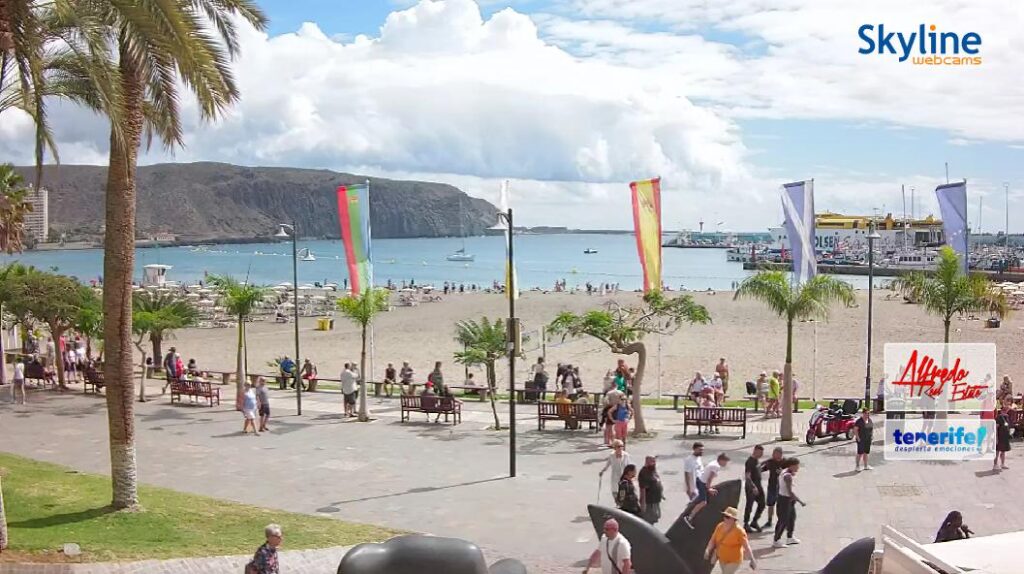The Canary Islands (/kəˈnɛəri/, Spanish: Canarias, Spanish: [kaˈnaɾjas]), also known informally as the Canaries, are a Spanish region, autonomous community and archipelago in the Atlantic Ocean. At their closest point to the African mainland, they are 100 kilometres (62 miles) west of Morocco. They are the southernmost of the autonomous communities of Spain. The islands have a population of 2.2 million people and are the most populous special territory of the European Union.[6][7]
The seven main islands are from largest to smallest in area, Tenerife, Fuerteventura, Gran Canaria, Lanzarote, La Palma, La Gomera, and El Hierro. The only other populated island is La Graciosa, which administratively is dependent on Lanzarote. The archipelago includes many smaller islands and islets, including Alegranza, Isla de Lobos, Montaña Clara, Roque del Oeste, and Roque del Este. It includes a number of rocks, including Garachico and Anaga. In ancient times, the island chain was often referred to as “the Fortunate Isles”.[8] The Canary Islands are the southernmost region of Spain, and the largest and most populous archipelago of Macaronesia.[9] It is also the largest and most populated archipelago in Spain. Because of their location, the Canary Islands have historically been considered a link between Africa, Europe, and the Americas.[10]
Canary Islands from Wikipedia, the free encyclopedia …
time and date conversion map …
Canary Islands library … photo history of Canary Islands website …
Live images from Los Cristianos beach click here ….

Tenerife is one of the most stunning islands in the Canaries, the ideal spot for a stress-free beach vacation.
